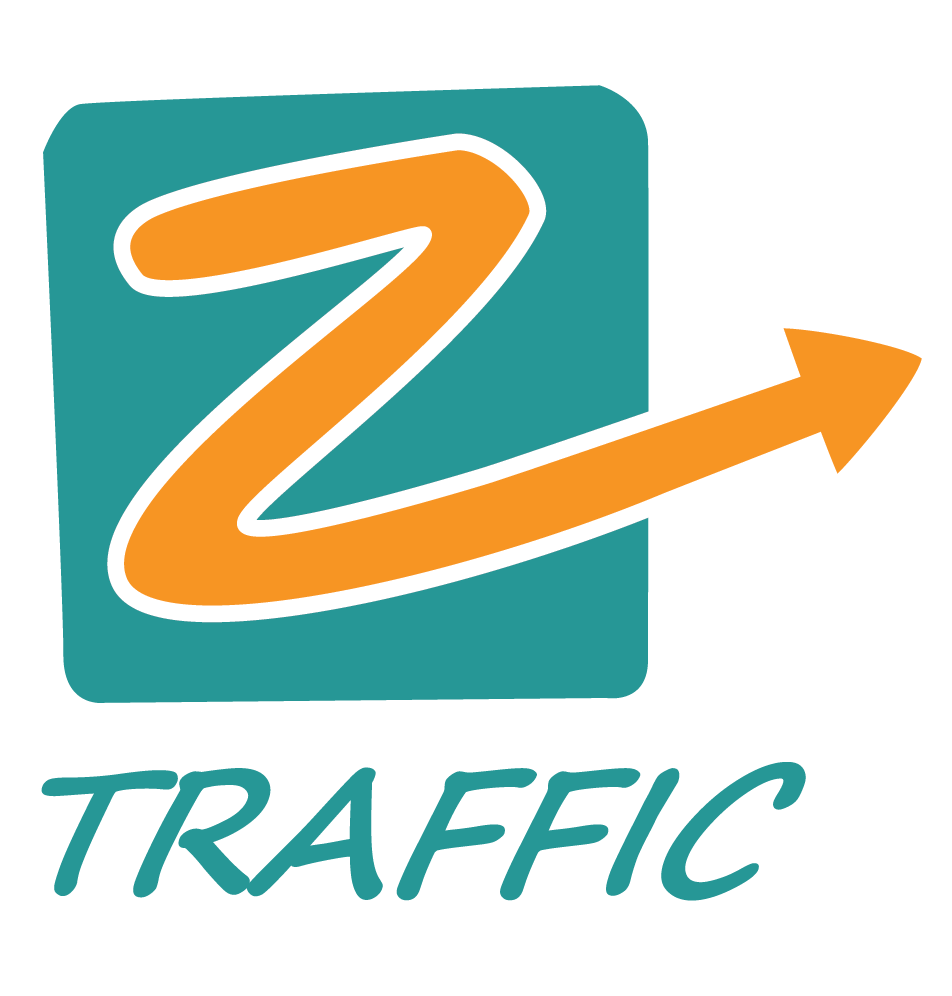AI is going to eat your search traffic | The ClickZ Digest – ClickZ
Zihan Lyu
March 29, 2025 • Estimated Reading Time: 10 minutes
👉️Subscribe | Forward | Advertise with us
Follow us on LinkedIn 🔗
Hi there!
Highlights from today’s newsletter:
🔍 SEO in a Zero-Click World — AI overviews are eating your traffic
💬 Why shoppers trust Reddit over Google
📈 Predictive audiences are outpacing traditional targeting
🧠 CMOs must shift from brand builders to business drivers
SEO in a Zero-Click World
Google’s AI Overviews are absorbing search traffic, with 57% of queries now ending in zero clicks. Users get answers without visiting a website, forcing brands to rethink their approach to visibility.
To stay relevant, SEO strategies need to focus on content structured for AI recognition, expert-backed credibility, and tracking brand mentions in AI-generated results. Traditional ranking tactics are losing ground, and measuring success now goes beyond clicks—it’s about ensuring your brand is part of the AI-driven conversation.
The ClickZ team has been reporting live from Shoptalk 2025 this week. Check out our exclusive insights from interviews with exhibitors and innovators at the event 👇
A Sharp Take on AI from Shoptalk 2025
At Shoptalk 2025, while most were hyping AI, Sabrina McPherson (SVP, Strategy, Publicis Sapient) delivered what brands actually need: focus.
Forget shiny tools—alignment beats automation.
The biggest unlocks? Fixing internal friction, clarifying priorities, and recognizing that AI only works if your org is ready for it.
Why Shoppers Now Search “Product + Reddit”
At Shoptalk 2025, Reddit’s Anna Haffner nailed a key shift: consumers aren’t searching to discover—they’re searching to verify.
In a landscape flooded with sponsored content, platforms like Reddit are where shoppers go for unfiltered opinions. Brands like Sephora, Nike, and Rent the Runway are embracing this by listening, not broadcasting—using AMAs, product-first content, and tools like Reddit Answers to build real trust.
Follow us on LinkedIn for all the interview insight snippets
Also, here’s what we heard from the main stage at Shoptalk—keynote insights you don’t want to miss. 👇
Sunday Riley on Winning Across Generations
Sunday Riley broke down what it takes to build a brand that resonates from Gen Z to Boomers. Her advice? Tailor the message, not the mission.
From optimizing claims by age group (think breakouts vs. fine lines) to treating QVC as a two-way dialogue, Riley shared how success lies in platform-specific storytelling and deep customer understanding—not one-size-fits-all branding.
Storytelling, AI & Speed
On stage at Shoptalk 2025, leaders from Meta, Sephora, and WHP Global made it clear: AI is already reshaping how brands craft stories—and there’s no slowing down.
As Meta’s Karin Tracy and Sephora’s Celessa Baker put it:
“The train has left the station—and we want to be first on it.”
*This is just a taste of what we uncovered. Read the full insights from Unofficially Shoptalk and stay ahead of the curve.
Essential Priorities for CMOs and Marketing Executives in 2025
As CMOs and marketing executives look toward 2025, they face a challenging landscape that necessitates strategic agility and operational excellence. The most successful CMOs will effectively bridge the gap between strategic planning and execution. Gartner’s recent research highlights the three essential priorities that marketing executives should focus on in 2025 to drive enterprise growth.
In the midst of disruption and transformation pressures, CMOs must prioritize the execution of their strategic plans. Many, however, struggle to convey their value to CEOs and CFOs, who may not see marketing as a driver of growth. To overcome this challenge, CMOs should harness marketing’s strengths, transforming it into a forward-looking customer insights engine that shapes enterprise strategy and commercialization efforts.
The Growth Gap: Are CMOs Falling Short Despite Stronger CEO Relationships?
The Boathouse 2025 CEO study reveals a critical issue: despite CMOs improving their relationships with CEOs, their influence on financial outcomes is waning. As growth becomes CEOs’ primary focus, CMOs must align marketing goals with business objectives and demonstrate revenue impact. Effective solutions include developing P&L fluency, implementing attribution frameworks, and proving marketing’s financial contribution.
Marketing Leaders on Bridging The Skills Gap
Marketing leaders are navigating a skills gap by blending technical and behavioral training, emphasizing content access and peer learning. With hybrid work affecting connectivity, fostering connection through internal mentoring and job rotation is essential. Both AI’s benefits and the challenges of keeping pace with evolving digital tools highlight strategic development programs.
AI’s integration into search technologies threatens traditional brand visibility by changing how consumers make purchasing decisions. Brands must adapt by focusing on sponsored recommendations, platform-specific SEO, and PR efforts to maintain market presence. This shift necessitates strategic adaptation to remain competitive in the AI-driven landscape.
Predictive audiences use AI and machine learning to analyze customer behavior, allowing marketers to target individuals with high conversion potential. This method goes beyond traditional lookalike models by focusing on user intent rather than demographics, resulting in more efficient ad spend and better customer engagement.
Brands employing predictive audiences can achieve enhanced personalization and optimize their marketing efforts with precision, even in the face of data-sharing reluctance from consumers.
Omnichannel marketing fosters seamless consumer experiences by integrating data and messaging across all touchpoints, crucial for emerging regulatory compliance. This holistic strategy enhances customer engagement and conversion rates while ensuring consistent brand communication. Brands must adopt omnichannel approaches to remain effective in the complex regulatory landscape.
I created this ad in 34 seconds from a bad photo of my dinner. And….
No design skills. No ad background. Just one AI prompt—and a solid tofu dinner.
AI is making high-quality creative accessible to anyone, fast. The real differentiators now?
Real people. Raw content. Strong personalities.
The Modern CMO: From Brand Builder to Business Driver
Being a CMO in 2025 isn’t about owning brand—it’s about owning outcomes. As Taylor Morrison’s CMO shared, the role now demands cross-functional fluency, a sharp eye on revenue impact, and the foresight to connect with customers before they’re ready to buy.
CMOs who thrive? They speak the language of the C-suite, tie engagement to profit, and lead transformation that actually moves the business.
👉 Follow us on LinkedIn
How to Write an AI Use Policy for Marketing
An AI Use Policy is essential for marketing and communications teams to ensure transparency, accountability, fairness, and privacy in the deployment of AI tools. It advises communications managers to lead AI governance efforts, collaborate with IT and legal departments, and perform routine audits. By piloting AI applications and training staff, organizations can protect against misuse and enhance public trust.
Listen here →
Contact an editor to create content for your business. [[email protected]]
Get in touch with our Advertising Team.
LinkedIn | Facebook | X (Twitter)
ClickZ
Your digital marketing and advertising news source
Home
Posts
Newsletters
Authors
About Us
About Us
Events
Shoptalk
eTail
Las Vegas Market
SXSW
CES
I consent to receive newsletters via email. Sign up Terms of service.
© 2025 ClickZ.
Privacy policy
Terms of use




